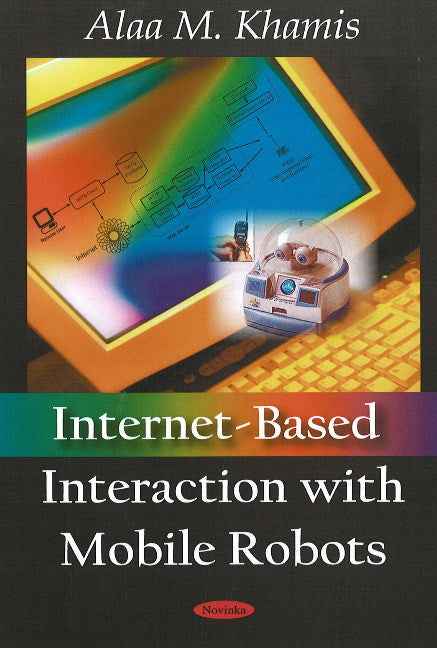
Internet-Based Interaction with Mobile Robots
By (author): Alaa M Khamis
Published
by Nova Science Publishers, Inc (US)
In Stock
Original price
£50.99
Current price
£33.14
ISBN: 9781604562897
Paperback
78 Pages
b/w illus & tables
Subjects:
Robotics
